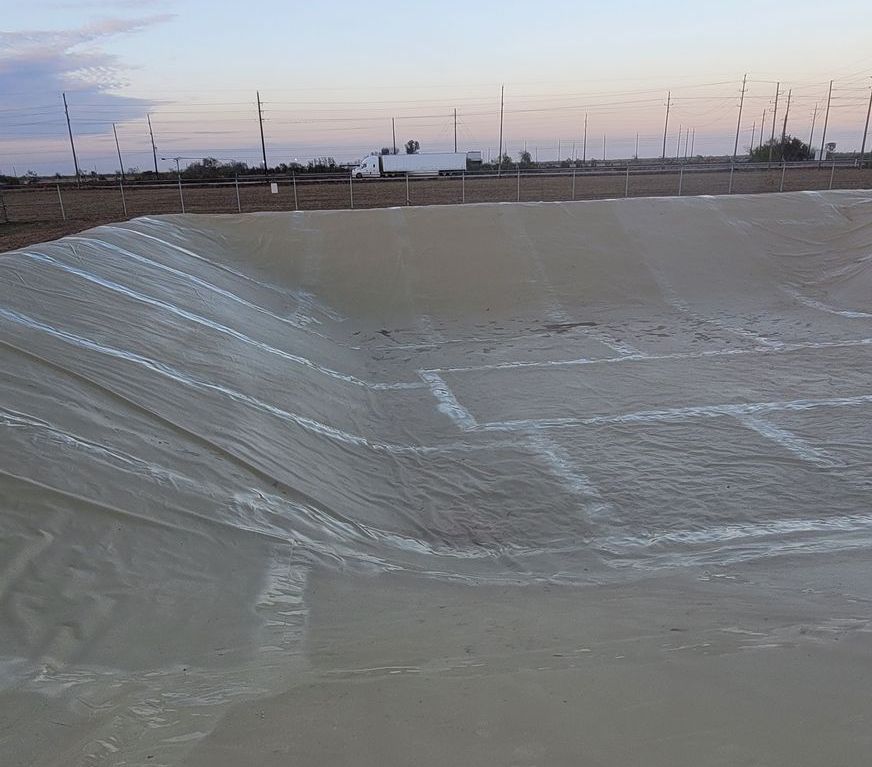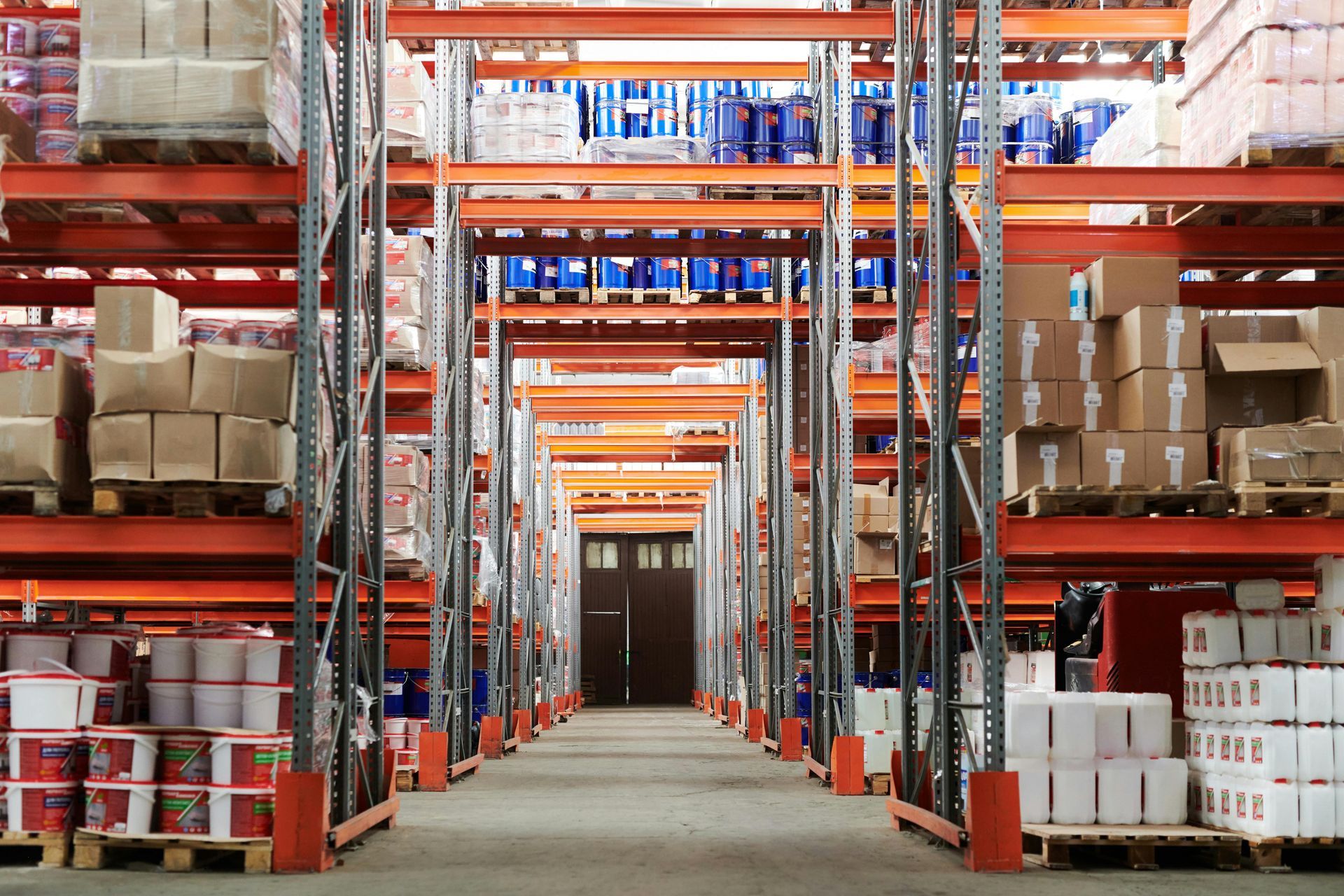Your Trusted Partner in High-Performance Industrial and Commercial Surfaces
Delivering customized surface solutions that enhance the strength, protection, and longevity of your most demanding environments.
Alata
Alice
Open Sans
Noto Sans
Bebas Neue
Great Vibes
Rock Salt
Exo
Belgrano
Overlock
Cinzel
Indie Flower
Staatliches
Roboto Slab
Lato
Noto Serif
Open Sans
Montserrat
Ubuntu
Rubik
Delius
Amiri
Montserrat
Our Services

Concrete Surface Applications
ACP delivers resilient and visually appealing concrete applications—polished, sealed, and restored—to meet the demands of industrial and commercial spaces.
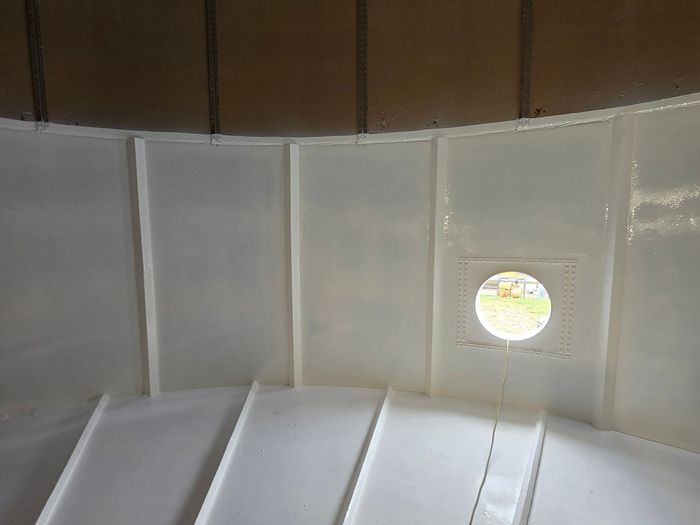
Polyurea & High-Performance Coatings
Our innovative polyurea and epoxy coatings provide seamless protection, superior chemical resistance, and durability for high-traffic environments.
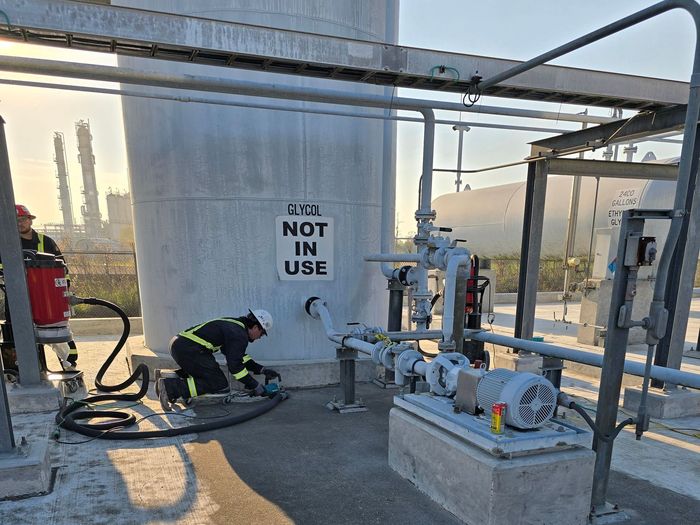
Moisture Mitigation & Containment Solutions
Shield your structures from water and vapor damage with ACP’s advanced moisture mitigation and containment systems—engineered for longevity.
Why Choose ACP?
Tailored Surface Solutions for Industrial and Commercial Challenges
01
End-to-End Service
ACP offers seamless, integrated services from consultation to completion, ensuring consistency, reliability, and project success every step of the way.
02
Client-Centered Approach
We prioritize long-term partnerships, delivering personalized, high-performance solutions that address your toughest challenges.
03
Specialized Expertise
With a focus on industrial and commercial environments, our team provides expert guidance and high-quality results in everything from concrete restoration to moisture mitigation.
04
Innovative Performance and Protection
Leveraging advanced and innovative technologies, we ensure that your spaces are built to withstand high-traffic, heavy-use demands while delivering exceptional durability and value.
Industries We Serve
What People Say About Us
Learn More With ACP
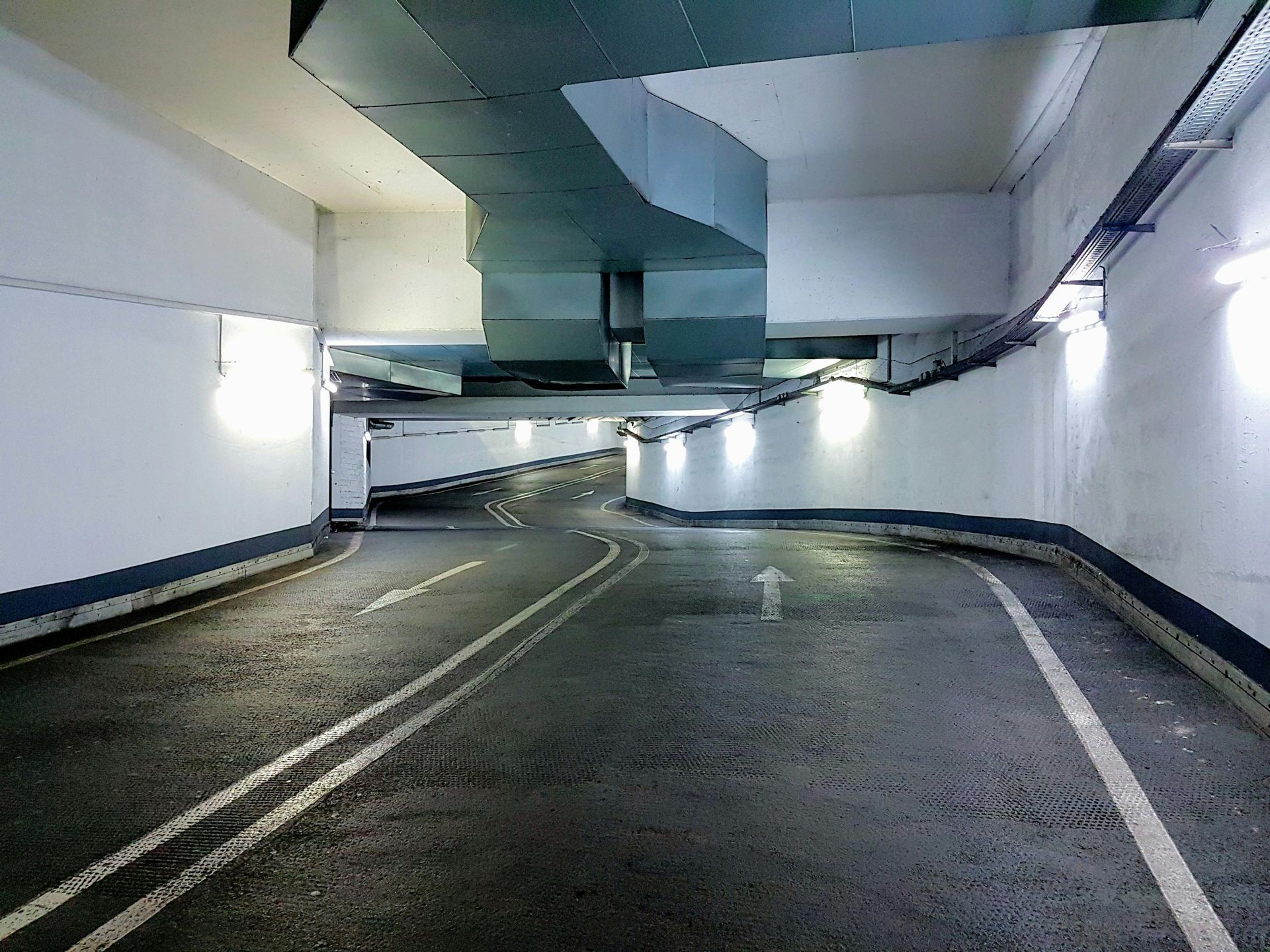
Connect with ACP
Whether you need moisture mitigation, polyurea coatings, or concrete applications, our team is ready to deliver tailored solutions. Call or schedule an appointment today!






